Probably everyone has heard about the restriction of carbohydrates. And starch is not associated with health. However, it is not only harmful, but also useful. It is resistant starch, or resistant. Its beneficial effects and sources are described in the article.
What it is?
Resistant starch is a digestive juice resistant product. He also has the name of indigestible. The main digestive processes occur in the small intestine, where ordinary starches are digested. Resistant starch has the properties of plant fiber and is slightly digested. There are no enzymes in the body that break it down.

Such a product is food for beneficial intestinal microflora - microbiomes. This is a complex carbohydrate, which passes unchanged from the small intestine to the large one, where it is fermented by bacteria with fiber present in food with the release of valuable products - short-chain fatty acids. Butyrate is the most valuable butyric acid. It provides nutrition to intestinal cells and beneficial microflora, has anti-inflammatory and anti-cancer effects.
Opening
Science is interested in the valuable properties of starches, including stable ones. Particular attention was drawn to them several decades earlier. Scientists involved in the study of malignant intestinal tumors have revealed that some peoples and tribes of East Africa have a reduced incidence of bowel cancer.
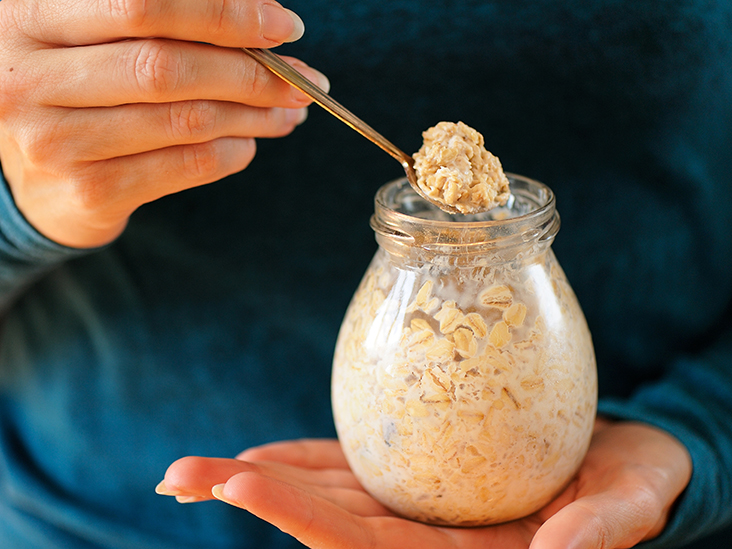
These people had a small amount of fiber in their diet, which at that time was the main way to prevent intestinal cancer. And there were a lot of highly starchy products. These are corn, bananas, sweet potatoes, yams. In these nations, few had diabetes, heart or blood vessel diseases. It was later revealed that the cause is the high content of resistant starch in these products. Later interest in him increased, their great importance and multifaceted effect on the body was discovered.
Types of Starch
What foods contain resistant starch? This will be described later. The classification of this component should also be considered. Resistant starch in products is of the following types:
- The first is present in cereals - whole and coarse, seeds, legumes, root crops. It is resistant to digestion due to its association with fiber.
- The second is in potato starch, raw potatoes, green bananas. The body digests it after heat treatment. But after it, starch is not considered resistant and is not able to nourish beneficial microflora.
- The third is found in cooked starchy foods after cooling: in potatoes, white and brown rice, oatmeal. They are also rich in pasta, legumes, root crops. Present in whole grain bread and wholemeal.
- The fourth type is chemically modified starch. It is made from corn. The product is used to create products, semi-finished products.
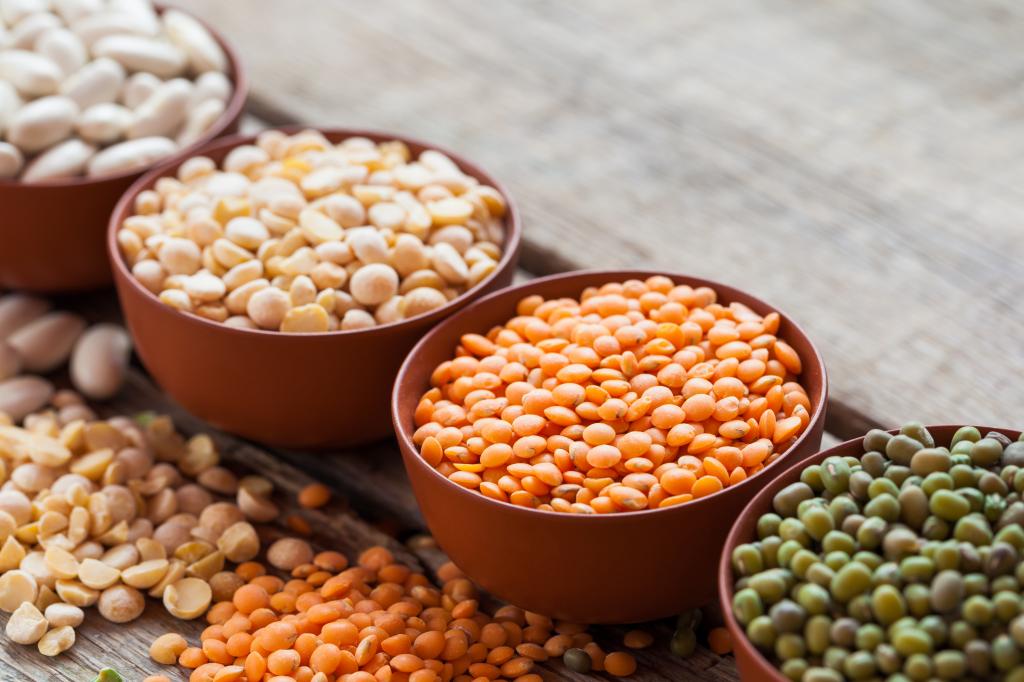
A healthy person should eat only the first three types of resistant starch. Only they are able to have a positive effect on the body.
Beneficial features
Resistant starch is a very valuable substance that has many positive properties:
- Maintenance of beneficial intestinal microflora and inhibition of pathogenic. Butyrate, which is released during the breakdown of resistant starches by the enzymes of beneficial bacteria, is their food. Useful microflora develops, inhibits the growth of pathogenic.
- Nutrition of intestinal cells. Butyrate is able to saturate the cells of this organ, in addition, it is the main source of energy.
- Participation in the regulation of blood sugar. This is an essential property. Resistant starches are “slow” carbohydrates that are broken down by bacterial enzymes. The effect of the substance on sugar and insulin in the blood is now being studied. It was revealed that the presence of this component in food normalizes sugar at low levels and increases insulin sensitivity. This action of starches is important, as it provides the prevention of ailments and the maintenance of general health.
- Losing weight. In addition to fiber and protein, this component provides persistent saturation and a minimum of calories. The body receives 2 kcal from 1 g of such starch, and from digestible - 4.2 kcal. Resistant starches involve fat stores in metabolism.
- Improving the absorption and bioavailability of mineral components. The necessary substances, such as calcium and iron, are present in a bound state, and therefore are difficult to digest. A person often lacks these components. When fermenting starch of intestinal microflora, conditions are provided for the normal assimilation of mineral substances.
- Increased immunity. Butyrate provides nutrition to intestinal mucosa cells. And this organ is considered an important part of the immune system, since there are more immune cells in its mucosa than in the whole body.
- Improving intestinal motility. Irregular bowel movements, constipation, or diarrhea are reduced by adding resistant starch to the diet. It is needed to maintain beneficial intestinal microflora, which is necessary for healthy digestion. Useful bacteria protect against diarrhea, allow you to form the right stool.
- Prevention of bowel cancer. This is another important reason why you need to eat foods that contain resistant starch. Cancer cells appear due to intestinal DNA damage and mutations. It has been established that with the constant supply of butyrate to the colon, a program of self-destruction of altered cells is launched.
These properties are ensured by the proper use of resistant starch. Not every product has this effect. This component is vital for the body.
This is all the benefits of resistant starch. It turns out that thanks to its use, a person maintains his health, protecting himself from various ailments.
How to make up?
What foods contain resistant starch? Useful are potatoes and rice. But you just need to cook them, and then place them in the refrigerator for several hours. This applies to legumes and other starchy foods, such as pasta. Mashed potatoes and baked potatoes should not be removed from the diet, you just need to cool the products.
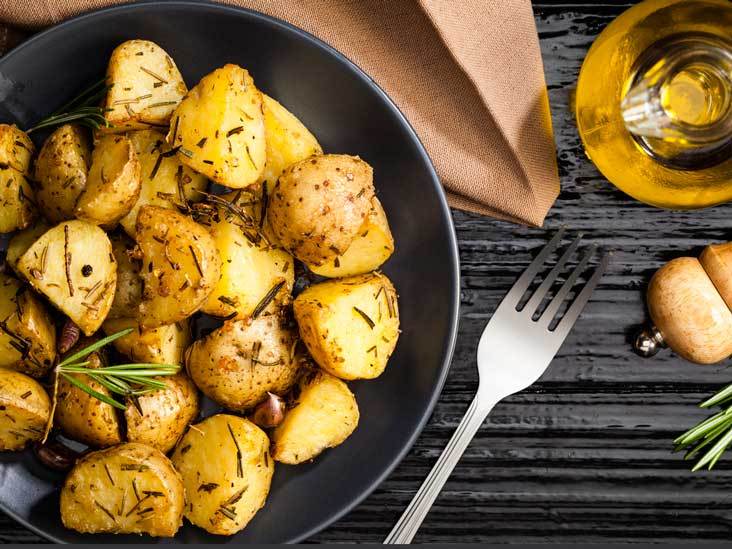
It should be borne in mind that with warming up the component becomes normal again and loses its properties. But cooked and chilled food does not have to be consumed cold. It is advisable to eat them a little warm. Also, food can independently warm to room temperature. Cold food is good for being overweight; the body spends extra calories to heat it.
What foods do resistant starch contain other than those indicated? He also has:
- in oatmeal;
- whole grain bread and wholemeal;
- root crops - Jerusalem artichoke, sweet potato, cassava.
According to doctors, resistant starch is of great benefit to the body. You need to eat legumes more often. In addition to resistant starch, they include high-quality vegetable protein. But in some people, legumes cause bloating. So that they are better absorbed, they are soaked in water before cooking overnight.
Indian and Asian cuisines use asafoetida spice, which facilitates the absorption of legumes. But it is sold in Russia. Legumes are in perfect harmony with non-starchy vegetables, herbs, with them you can cook vegetable and meat salads.
Other sources
A lot of this ingredient in unripe bananas, raw potato starch. Eating unripe fruits and starch is not always a desire, but they can be added to smoothies with oatmeal. Still unripe bananas can be added to fruit salads.
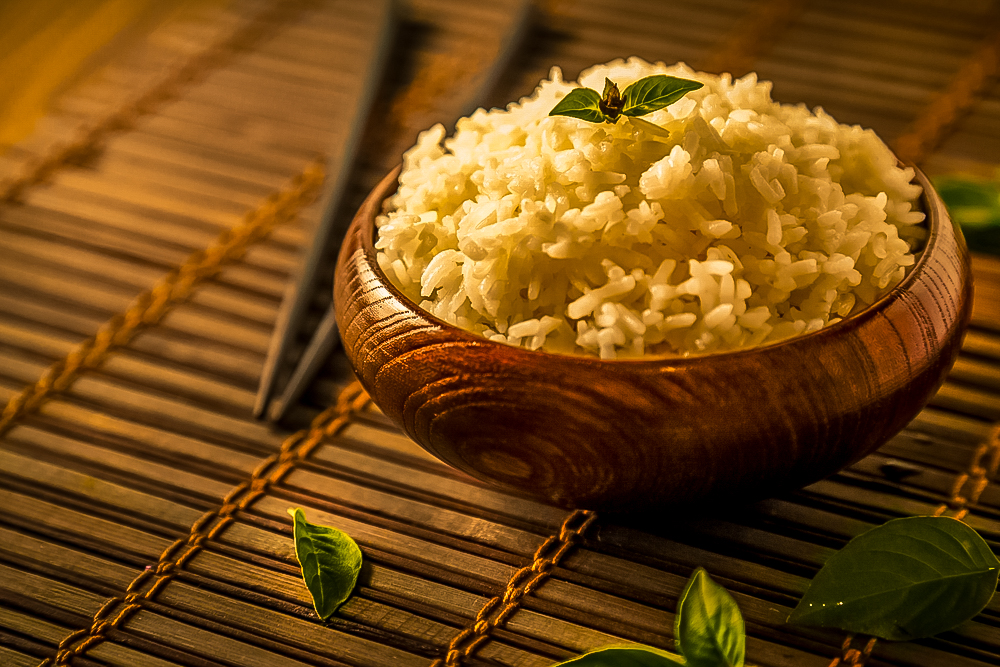
Potato starch is allowed to be added to dishes. It is advisable to use with 1 tbsp. l per day, increasing the dosage to 3 tablespoons to ensure a better effect. If this is done regularly, a beneficial effect occurs after 1-2 weeks, when a lot of butyrate accumulates in the intestine. In 1 tbsp. l starch is present 8 g of resistant starch and almost no digestible carbohydrates. It is necessary to adhere to the norm - 40-45 g per day, and an overdose leads to an increase in gas formation.
An excellent solution is to take resistant starches in a natural way. Therefore, you need to eat boiled rice, potatoes, legumes, unripe bananas, root crops. Useful salads with lentils, beans, potatoes. These products provide not only starch, but also fiber, micronutrients. If there are few of them in the diet, you should increase the amount, eat more raw and low-processed foods. Then, resistant starches and plant fiber will enter the body.
About 15 g of this substance is present in 1 medium green banana, and 10 g in 100 g of undigested oatmeal. The best effect of this component is provided when combined with wheat bran. This is necessary for a slower fermentation of resistant starch and its greater concentration.
Where else is the component present? There is resistant starch in buckwheat, equivalent to fiber. It ferments the beneficial bacteria that are in the intestines. As a result, short-chain fatty acids that are curative for the body are released.
Definition
Method for the determination of resistant starch by the interaction of iodine with starch with the release of a blue compound. Then, preparation for analysis is carried out. A solution of lugol is prepared: 2 g of potassium iodide and 1.27 g of iodine must be dissolved in a glass of 150 ml in 100 ml of distilled water.
The analysis consists in applying a drop of lugol solution to a fresh slice of the product. The appearance of a blue or black-blue color indicates the presence of starch in the product.
Diet
The problem with such starch is that in natural food it is present with a high content of ordinary. There is also a lot of this component in beans, green peas and other legumes. Protein-resistant starch will be a useful ingredient. The main thing is that products with it are consumed regularly.
In general, the rule applies: there is more resistant starch in raw foods compared to fried or baked foods, and more in fried foods, unlike stewed or boiled foods. This confirms that cooking vegetables should be quick and easy to maintain healthy starch and vitamins.
A diet with a high content of resistant starch allows you to saturate the body with this useful substance. You just need to adhere to simple rules:
- You should replenish the supply of beneficial bacteria. Fermented vegetables are ideal for this: sauerkraut, kimchi. Probiotics in capsules are still effective.
- You need to use butter. It has butyric acid, which is also important for the normal state of the colon.
- It is necessary to increase the "animal fiber" - products useful for microflora. This is the skin of fish, chicken, offal.
- Gradually, it is necessary to increase the consumption of products with soluble fiber - celery, Brussels sprouts, asparagus.
- Resistant starch should be tested in the form of potato flour. First, consume 2 tablespoons a day, and eventually bring the intake to 3-4 tbsp. spoons. Dilution in water or fatty yogurt is allowed.
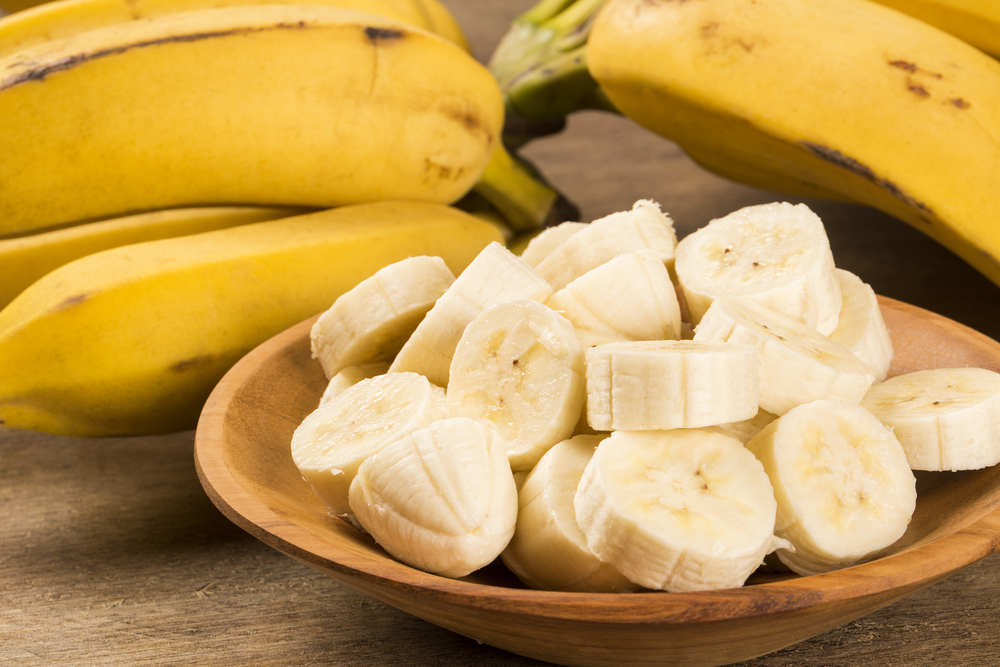
With a positive effect of the component, insulin sensitivity increases, blood sugar decreases, and the state of the gastrointestinal tract improves. Then you can try other sources of the component: black beans, green bananas, cashews, peanuts.
Terms of use
Potato starch is an inexpensive product that is in ordinary stores. But in some products where its presence is indicated, “potato flour” may be contained. Therefore, it is important to read the composition on the package. If you purchase potato starch, you need to make sure that it does not contain GMOs and is made from organic potatoes.
The product is used to thicken sauces, stews, soups, custards and puddings. It is also used in gluten-free and Easter baking. If potato starch is used to thicken a hot liquid, make sure that it does not boil.
Instead of potato starch, you can choose potato flour. It has a pronounced taste, heavy consistency. Starch arrowroot is considered a useful substitute that has many valuable properties. There is no gluten in a corn product without GMO, it is rich in nutrients. It is best used for thickening dairy products. And arrowroot interacts better with acidic fluids. Corn starch and arrowroot can be used instead of potato in an amount of 1: 1.
Is starch good for everyone?
It can not be used by everyone. With irritable bowel syndrome, you need to limit the consumption of insoluble dietary fiber, and therefore resistant starches.

Thus, this component is not just a valuable substance with fiber properties. It is required to maintain the constancy of the internal environment of the intestine.